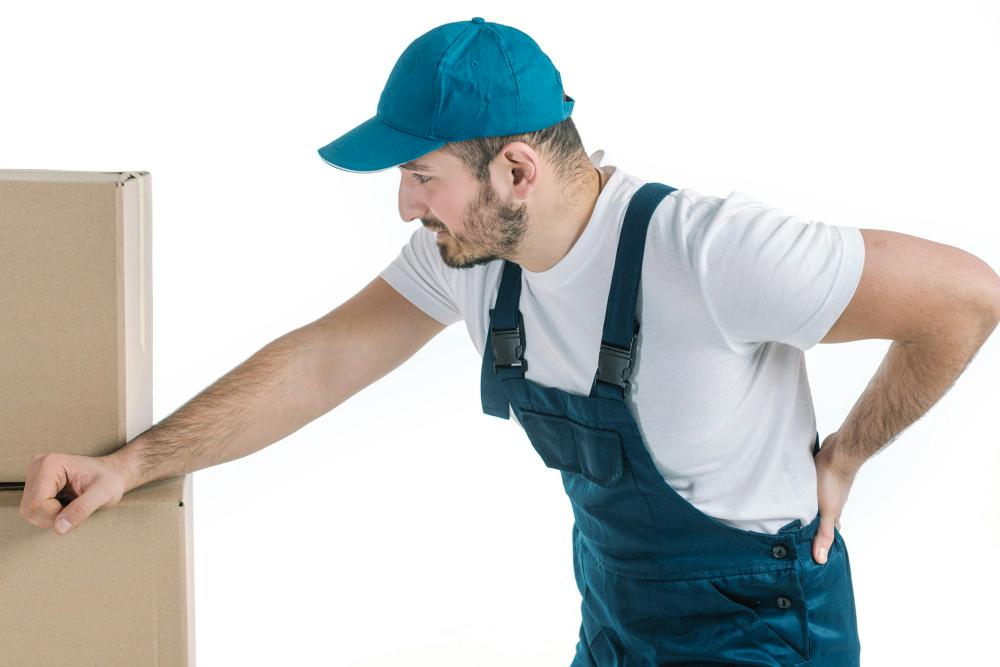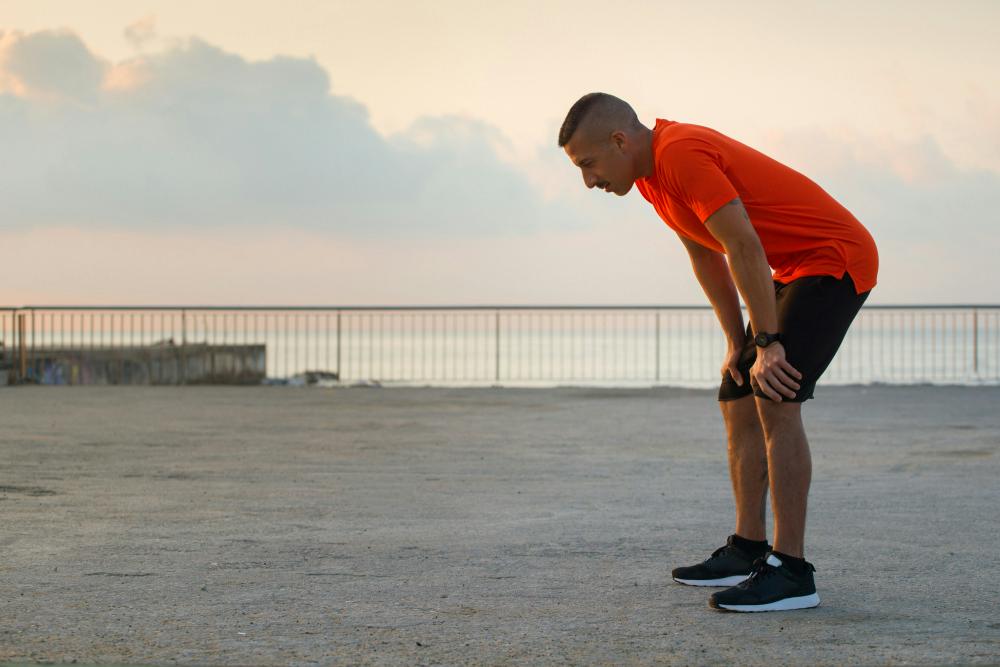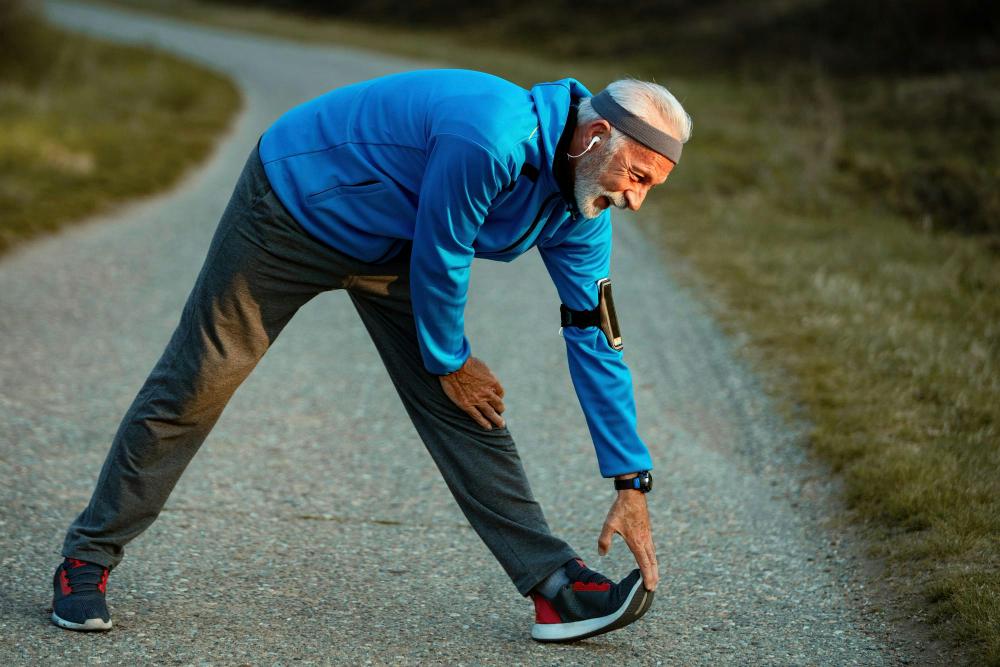
Introduction
Lower back pain can be debilitating, especially when it intensifies during everyday activities like walking or standing. The discomfort and limitations it imposes on one’s routine can greatly impact the quality of life. In this blog, we delve into the anatomy of the lower back, explore common causes of severe lower back pain when walking or standing during walking or standing, discuss when to seek medical help and offer effective treatment and prevention strategies.
Anatomy of the Lower Back: The Spinal Column and Its Components
Before we explore the reasons behind lower back pain when standing or walking, it’s essential to understand the intricate anatomy of the lower back. The spinal column, composed of vertebrae, discs, nerves, and supporting structures, is crucial in maintaining stability and facilitating movement.
Severe Lower Back Pain When Walking or Standing

In 2020, low back pain (LBP) impacted 619 million individuals worldwide. Projections suggest that this number is expected to rise to 843 million cases by 2050, primarily influenced by population growth and the aging demographic.
Individuals experiencing severe lower back pain during walking or standing often find themselves caught in a cycle of discomfort. Understanding the causes is pivotal to finding relief and restoring mobility.
Common Causes
Several factors increase the likelihood of lower back pain during activities like walking or standing:
Muscle Strain: Overexertion or improper lifting techniques can result in strained and tight muscles, leading to acute pain.
Herniated Discs: Discs that cushion the vertebrae, known as intervertebral discs, may bulge or rupture, pressing on nerves and causing intense pain.
Spinal Stenosis: Compressio of the spinal canal leads to constriction of the spinal nerves, resulting in chronic pain during movement.
Degenerative Disc Disease: As you age, the likelihood of experiencing such pain may increase. Aging can cause discs to lose their cushioning ability, leading to pain during weight-bearing activities.
Other Things That Make Our Back Hurt More
Certain lifestyle factors can worsen lower back pain during daily activities:
Poor Posture
The primary reason for lower back pain often stems from postural stress. Typically, when standing and walking, the heightened pressure on your spine can result in the tightening and spasming of the lower back muscles, leading to pain.
Obesity
Excess weight puts added stress on the lower back, contributing to non-specific low back pain. Weight loss measures may help alleviate this stress and reduce lower back discomfort.
Sedentary Lifestyle
Lack of physical activity weakens the muscles supporting the spine, making it more susceptible to pain, particularly in the area of the spinal discs. Additionally, reduced physical activity may impact the health of blood vessels around the spine, potentially contributing to discomfort.
Does Standing for Long Periods of Time Cause Lower Back Pain?

Yes, prolonged standing can contribute to lower back pain. Maintaining the same position for an extended period strains the lower back muscles and may lead to discomfort, affecting the spinal cord. Monitoring and addressing pain levels promptly is crucial in preventing further complications.
Treatment Options
Effective treatment is based on the underlying cause of the pain and may include various approaches aimed at providing pain relief.
Physical Therapy
Physical therapy consists of a structured program of exercises designed to strengthen spine-supporting muscles, improve flexibility, and address lower back pain. Guided by a skilled therapist, individuals undergo exercises targeting both symptoms and underlying causes, aiming to restore mobility, minimize discomfort, and prevent future pain through a personalized exercise plan.
Medications
Medications are crucial for managing lower back pain by providing relief from discomfort and addressing inflammation. Pain relievers, both over-the-counter and prescription, are commonly used, including anti-inflammatory drugs like NSAIDs. Integrated into a comprehensive treatment plan, medications enhance the overall effectiveness of lower back pain management.
Invasive Procedures
In severe cases, when conservative treatments aren’t enough, invasive procedures like surgery may be considered. These procedures directly address the root causes of lower back pain, such as discectomy (removing part of a herniated disc) or spinal fusion (joining vertebrae). The decision is made collaboratively, weighing benefits and risks based on the individual’s circumstances.
Prevention Tips to Avoid Severe Lower Back Pain When Walking or Standing
Preventing lower back pain involves adopting healthy habits:
Maintain Good Posture: Practice proper posture to reduce strain on the lower back.
Regular Exercise: Engage in activities that improve the core strength and support the spine.
Manage Weight: Maintain a healthy weight to minimize stress on the lower back.
When to Seek Medical Help?
Persistent or severe lower back pain warrants medical attention. If pain is accompanied by numbness, tingling, or weakness, consult a healthcare professional promptly. Consider exploring effective treatments, such as physical therapy treatment, to strengthen the back and alleviate pain. It’s important to note that lower back pain in women may have unique considerations, and consulting with a healthcare provider can help address specific concerns related to women’s health.
For personalized and expert guidance on physical therapy treatment, reach out to WildHawk Physical Therapy. Take the first step towards a pain-free life.
Conclusion
Severe lower back pain during walking or standing can significantly impact daily life, but identifying and understanding its causes and adopting preventive measures can bring relief. Consultation with a healthcare professional is important for accurate diagnosis and effective treatment.
FAQs
Q1: How do you fix severe lower back pain?
A1: Fixing severe lower back pain, particularly the question “why does my lower back hurt when I walk,” typically requires a combination of treatments like physical therapy, medications, and lifestyle changes. For personalized advice tailored to your situation, consult with a healthcare professional.
Q2: Why does my lower back hurt when I stand and walk?
A2: Lower back pain during standing and walking can result from various factors, such as muscle strain, herniated discs, or spinal stenosis. Identifying the specific cause is essential for effective treatment.
Q3: When should I be worried about lower back pain?
A3: Seek medical attention if lower back pain persists, worsens, or is accompanied by symptoms like numbness, tingling, or weakness. Prompt evaluation is crucial to address underlying issues and prevent further complications.








